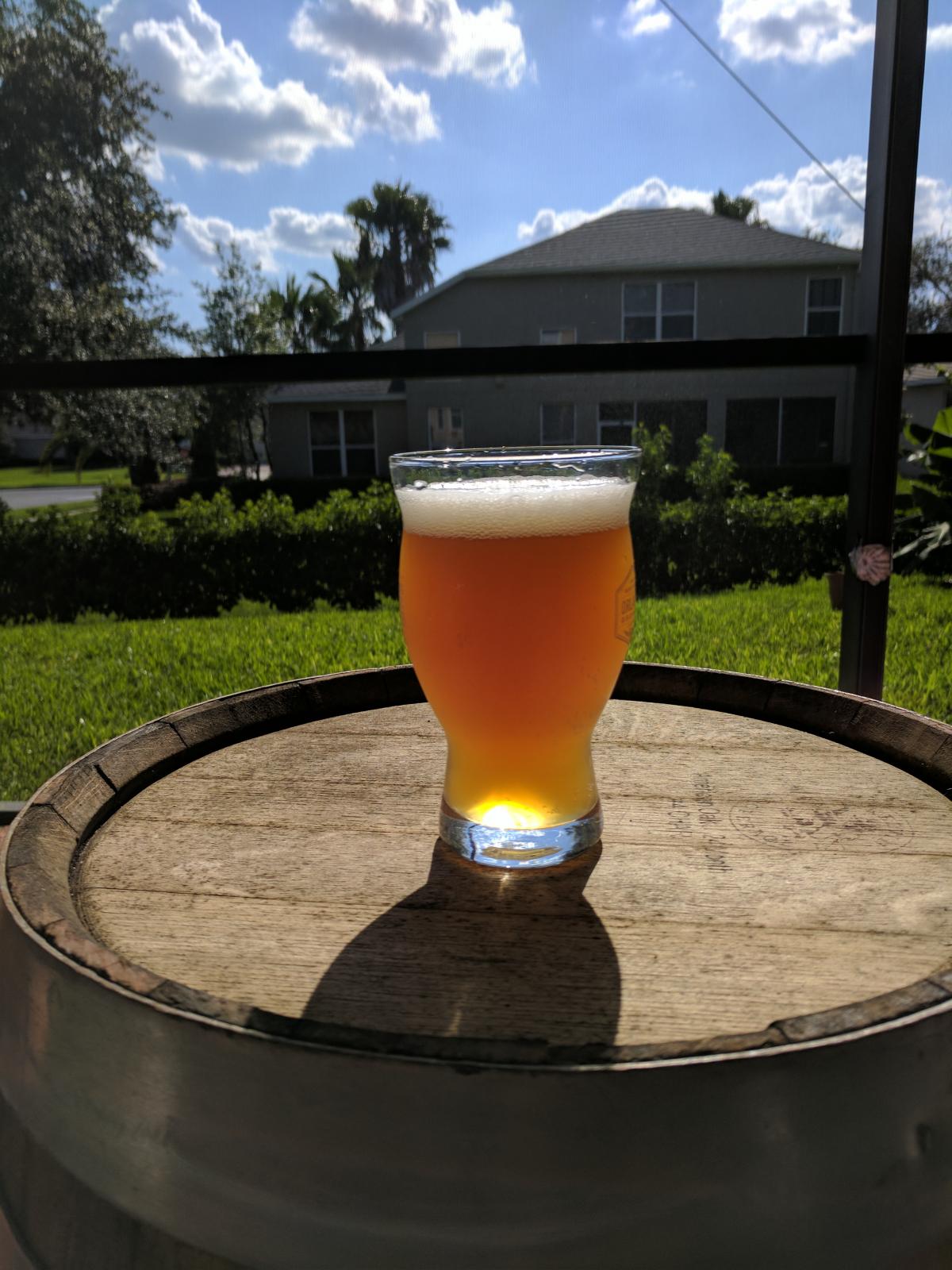So I think I have got it figured out now... Tell me if these numbers sound ballpark correct using with distilled water (basing it off ~4 gallons for the mash)
CaCl2 - 5g or 1 1/2 tsp
SO4 - 2g or 1/2 tsp
From what I calculate, that should bring the mash water to something like this:
Ca - 121
SO4 - 74
Cl - 159
If I wanted to bump up the Ca and Cl to get the above profile DrGMG mentioned, then I'd just add another gram of CaCl2, something like 1 3/4 tsp then I believe.
I'm hoping that sounds right or I am going to slam my head into the wall.. haha.
For anyone else that was confused by this as much as I was (or maybe it was just me), finding this helped tons http://howtobrew.com/book/section-3...h-ph/using-salts-for-brewing-water-adjustment ... I think the part that threw me off was finding out how much ppm is added by each additive. Once that clicked, it made much more sense to me finding the levels I needed to get to.
CaCl2 - 5g or 1 1/2 tsp
SO4 - 2g or 1/2 tsp
From what I calculate, that should bring the mash water to something like this:
Ca - 121
SO4 - 74
Cl - 159
If I wanted to bump up the Ca and Cl to get the above profile DrGMG mentioned, then I'd just add another gram of CaCl2, something like 1 3/4 tsp then I believe.
I'm hoping that sounds right or I am going to slam my head into the wall.. haha.
For anyone else that was confused by this as much as I was (or maybe it was just me), finding this helped tons http://howtobrew.com/book/section-3...h-ph/using-salts-for-brewing-water-adjustment ... I think the part that threw me off was finding out how much ppm is added by each additive. Once that clicked, it made much more sense to me finding the levels I needed to get to.





























![Craft A Brew - Safale S-04 Dry Yeast - Fermentis - English Ale Dry Yeast - For English and American Ales and Hard Apple Ciders - Ingredients for Home Brewing - Beer Making Supplies - [1 Pack]](https://m.media-amazon.com/images/I/41fVGNh6JfL._SL500_.jpg)





























